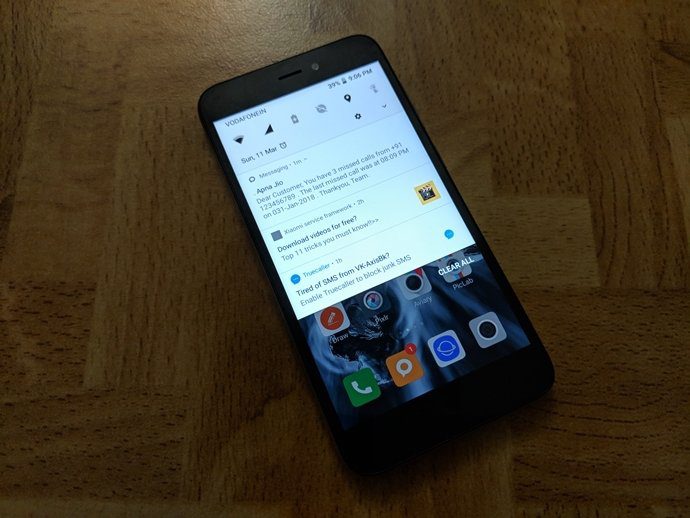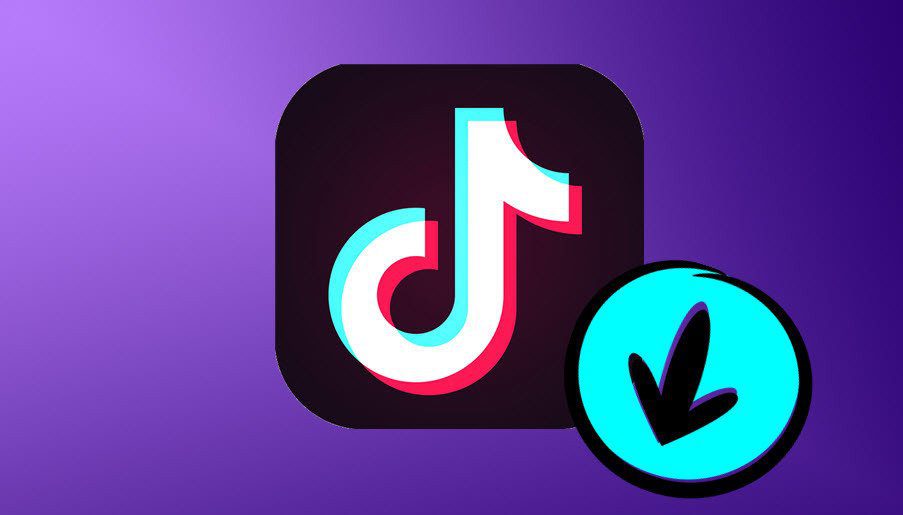Yes, Lucidchart is amazing, and I have used this diagramming tool for the longest time. However, the restriction of four diagrams in the free plan can be disappointing at times. Naturally, that led me to search for some free Lucidchart alternative. While the search itself was not that easy, we have managed to land some very cool diagramming tools. Let’s check them out!
1. Draw.io
Let’s kick things off with Draw.io. This diagramming tool is slowly climbing up the popularity ladder, all thanks to its toolset and simple approach. Similar to Lucidchart, you’ll find a host of templates inside. Be it the requirement for a fun project or a simple mind map, Draw.io doesn’t disappoint. Plus, the toolset is not so bad. Of course, it lacks the contextual touch of Lucidchart, but it sure gets the job done. Adding a new object to a drawing is as simple as drag and drop. Or, if you’re drawing on a blank canvas, you can click on the objects. Also, if you want to clone a particular shape, all you need to do is click on the little arrow icons. Not only will the shape be added, but it will also be connected to the parent shape. Depending on the type of template that you choose, Draw.io gives you a collection of shapes on your left. However, you are free to search for other shapes as well through the search box at the top. You can import your drawings from shared platforms like Google Drive, Dropbox, Trello, among others. Plus, it also supports importing Gliffy, .vsd, and .vsdx formats. Last but not least, you can opt to save your drawings in Google Drive, Dropbox, or your PC, thus making them available to you anywhere. Visit draw.io
2. Creately
Creately loves keeping clean and simple. As soon as you sign-in to this web app, it will welcome you with a clean and clutter-free design. The best part about it is that it doesn’t push every shape under the sky on your face. Instead, it lets you decide on the type of diagrams you’d like to have on your canvas. Once inside, you simply need to add a shape, and the contextual toolbar will take care of the rest. Simply click on the little Plus-icon beside the shape, and you can easily pick the next item to which you want to connect. And naturally, with such nifty tools around, the process of making a diagram becomes faster and quicker. The free plan of Creately also supports collaboration. You can collaborate with up to 3 people. However, you won’t be able to import Visio files. On the upside, you can easily export your drawings as PNG, SVG, and JPEG images. The personal plan starts at $5 per month and goes up to $125 for team plans. Visit Creately
3. Pidoco
Another web-based app that lets you draw diagrams, flowcharts, mockups, and wireframes is Pidoco. This drawing tool has a ton of shapes and elements for you to explore. And the good thing is that you can categorize your drawing pages into projects. When you sign up for Pidoco, you are asked to choose the dimensions of your canvas. While the shape library is quite diverse, the interface isn’t that intuitive. You’d have to search for icons and shapes for your projects. On the upside, you’ll also find the related shapes in the panel. Once you have the shapes on the panel, you can drag and drop them on the canvas. When it to downloading the drawings, Pidoco lets you save in the SVG, RTF, PDF, PNG, and HTML formats. Additionally, you can also copy the link and share with it your colleagues. On the downside, it doesn’t support Visio import and export. Pidoco’s free plan lets you work on a single active project, which can be accessed on 20 screens. Plus, you can have unlimited editors and reviewers to audit your projects. The only issue is that Pidoco attaches a watermark on the images. Visit Pidoco
4. XMind
Another alternative to Lucidchart is XMind. Unlike the ones above, this is not a cloud-based tool. Instead, you’ll have to download the tool. This one can be used to create mind maps. And the good thing is that there are ample templates on top of which you can draw your diagrams. Apart from mind-maps, you can also use it to create simple-to-understand flowcharts and timelines. Download XMind
5. Mindmeister
If your diagram involves more of planning and organization, then you should give the Mindmeister tool a try. This cool tool has an intuitive interface which makes drawing mind maps a joy. The canvas is clean, which in turn helps you make clutter-free diagrams. You can customize a lot in this tool. For example, you can adjust the text, background as well as the form of the shapes. What I loved about it is the fact that you can also add images from the library as well as upload your own. The only downside is that Mindmeister doesn’t let you export these drawings. However, you can publish them. You can either copy the link or share them directly on Facebook, Twitter, or Pinterest. As you may have expected, these limitations are removable by upgrading to the Pro variant, which costs $4.99/month. The best part of the free plan is that there’s you can collaborate in real-time. Also, you can create up to 3 mind maps. Visit Mindmeister
Make Powerful Visualizations
Lucidchart is an excellent diagramming tool, and as we mentioned above, it was not easy to find a free alternative to it. Still, we managed to find these five tools. Though they are not as great as the base tool, they do manage to get the work done. Next up: Google Docs is an awesome tool and also helps you design an amazing timeline. Read the article below to find out how. The above article may contain affiliate links which help support Guiding Tech. However, it does not affect our editorial integrity. The content remains unbiased and authentic.
























